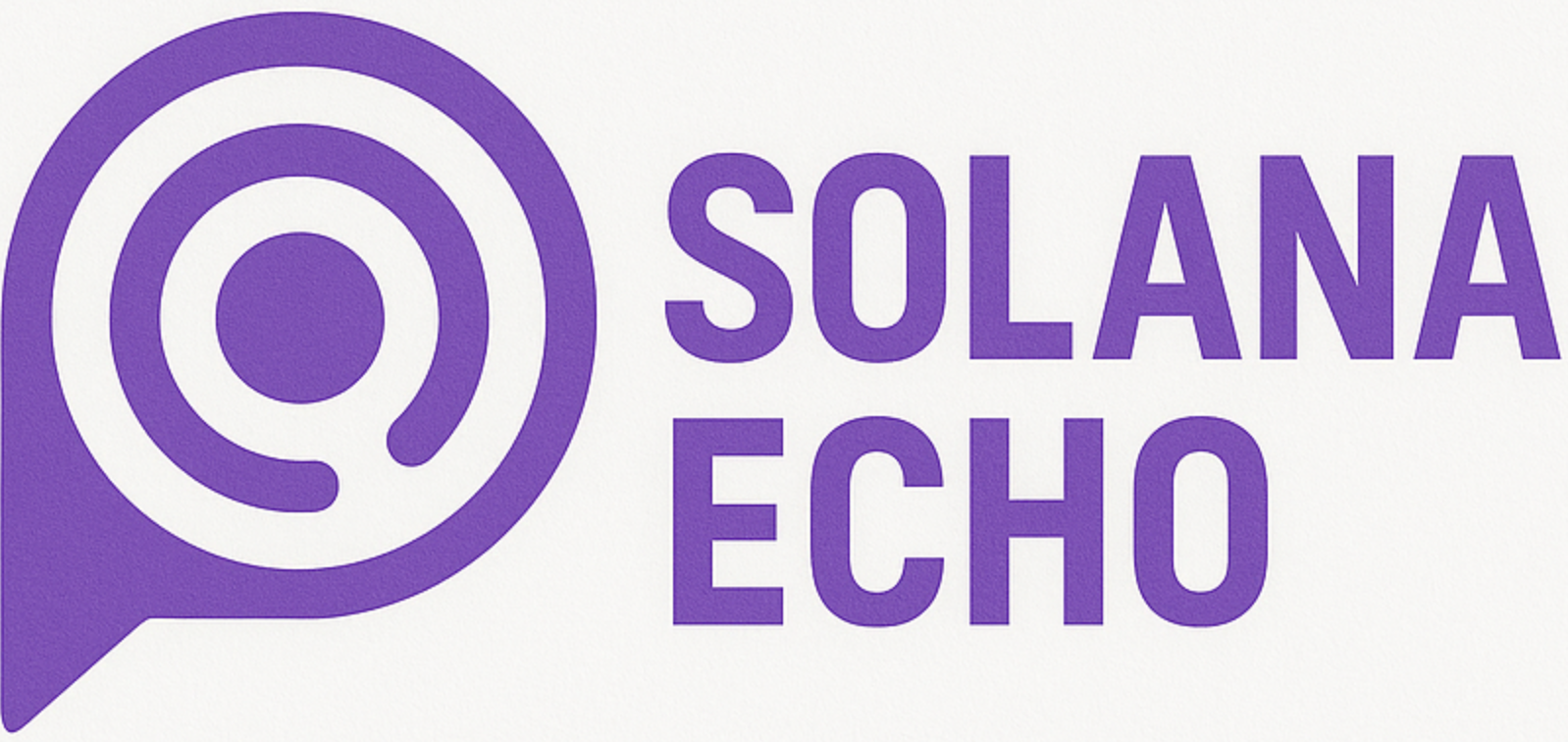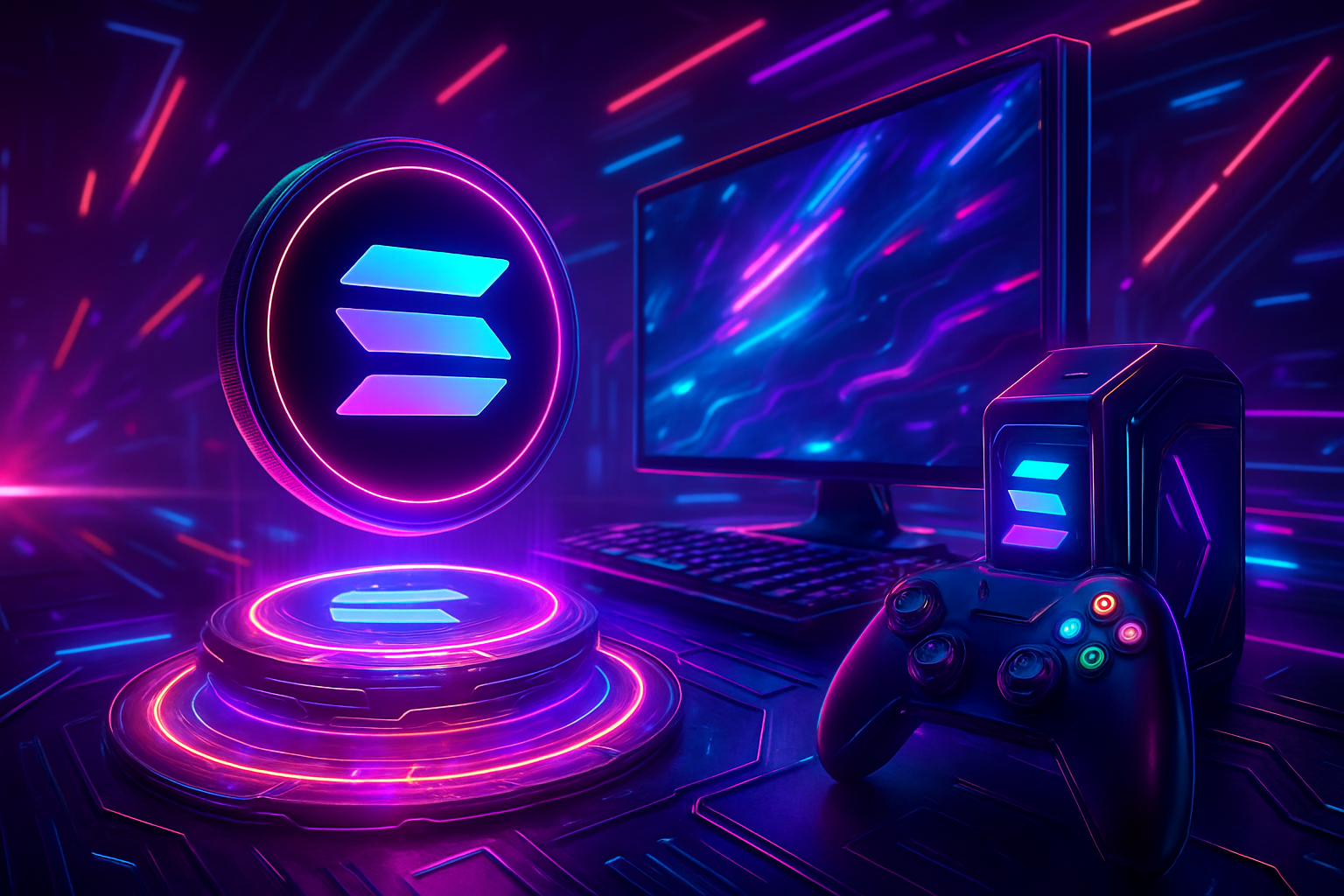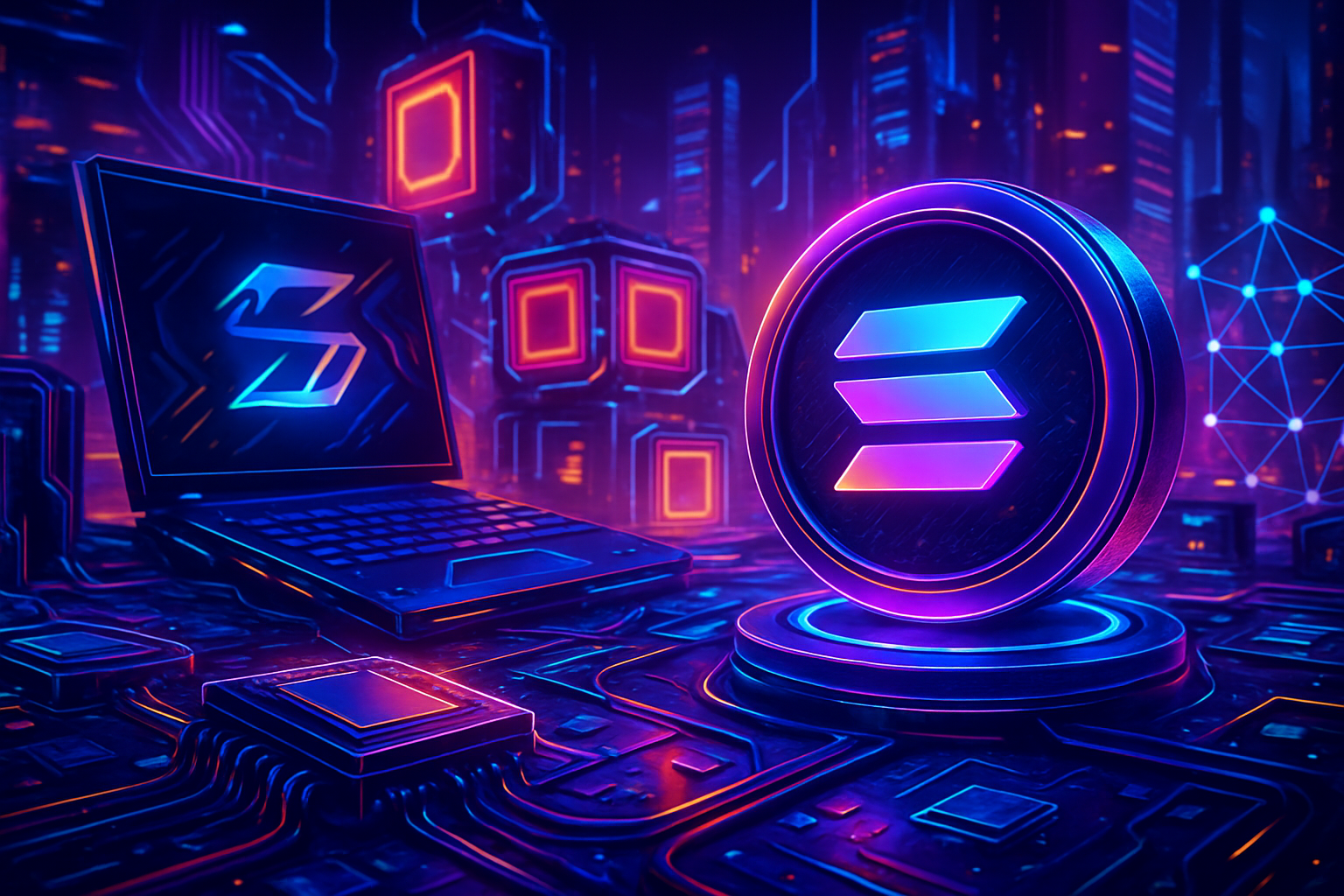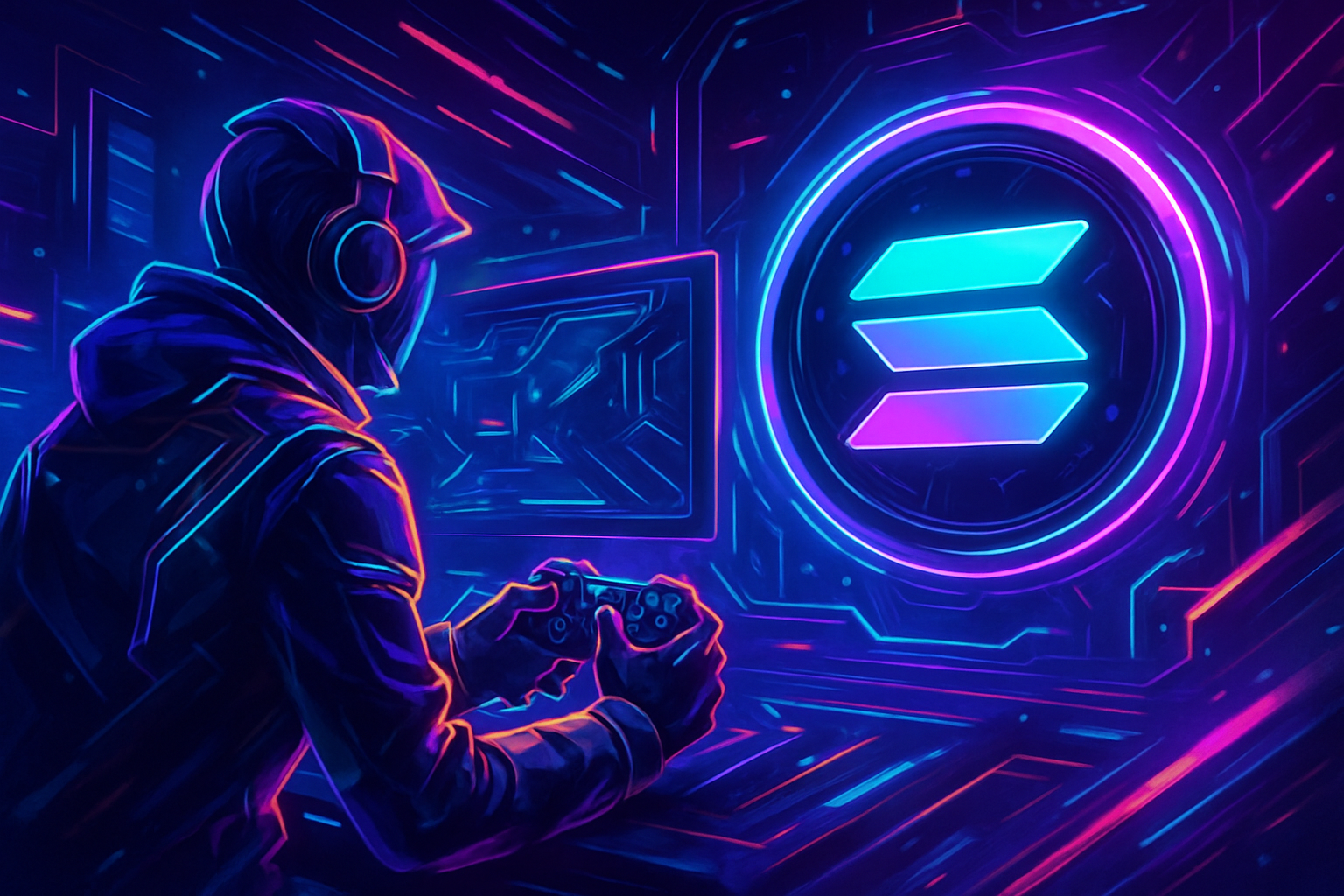How DoubleZero’s High-Performance Network is Powering Solana’s New Internet Revolution
Solana’s relentless drive for performance has always hinged on pushing the boundaries of blockchain infrastructure. In 2025, this ambition is being realized in dramatic fashion with the arrival of DoubleZero’s high-performance fiber-optic network. As the mainnet-beta launches, Solana’s ecosystem is witnessing a foundational shift: blockchains are no longer limited by the public internet’s legacy constraints. Instead, they’re tapping into dedicated, low-latency circuits designed for speed, reliability, and true scalability.
Why Solana Needs a New Internet Layer
Despite Solana’s impressive throughput, its dependence on public internet routes has long been a bottleneck. Traditional infrastructure is prone to congestion and unpredictable latency spikes – issues that undermine both validator efficiency and user experience. DoubleZero addresses this head-on by rolling out a global mesh of more than 70 private fiber links, now live across six continents as part of its mainnet-beta launch in September 2025.
This isn’t just an upgrade; it’s a paradigm shift for distributed systems. By offering dedicated bandwidth and optimized routing, DoubleZero enables validator-to-validator communication that bypasses the noisy public web entirely. The result? Latency reductions up to 50%, enabling Solana to chase its long-stated goal of one million transactions per second.
DoubleZero Mainnet-Beta: Real-World Performance Unleashed
The September 2025 launch of DoubleZero’s mainnet-beta marks a major milestone for both the protocol and the broader Solana ecosystem. Backed by $28 million in funding from Multicoin Capital and Dragonfly Capital, DoubleZero quickly scaled from eight testnet links to over seventy live fiber connections worldwide. More than 200 validators have already integrated with the network, representing a significant slice of Solana’s consensus engine.
One standout feature is the 3 million SOL stake pool (DZSOL), valued at approximately $537 million as of October 2025. This pool not only broadens access to DoubleZero’s premium backbone but also incentivizes decentralization by allowing smaller validators to participate in high-speed consensus without needing their own dedicated hardware or bandwidth contracts.
The Technology Behind Lightning-Fast Blockchain Networking
What sets DoubleZero apart technically is its use of field-programmable gate arrays (FPGAs). These specialized chips perform blockchain-specific tasks like signature verification and transaction deduplication directly at the network layer – before data even reaches validators. This offloading dramatically improves overall throughput and reduces computational burden on nodes.
In a recent demonstration using Jump Crypto’s Fire Dancer client, DoubleZero achieved throughput exceeding one million transactions per second – a figure that redefines what’s possible for decentralized networks (source). By integrating private dark fiber paths into its architecture, DoubleZero creates a resilient mesh where traffic can be dynamically rerouted around failures or congestion points.
Solana (SOL) Price Prediction 2026-2031 After DoubleZero Adoption
Professional outlook based on Solana’s integration with DoubleZero’s high-performance network and current 2025 market data ($233.08 SOL price)
| Year | Minimum Price (Bearish) | Average Price (Base Case) | Maximum Price (Bullish) | YoY % Change (Avg) | Market Scenario Insights |
|---|---|---|---|---|---|
| 2026 | $190.00 | $260.00 | $340.00 | +12% | Volatility persists post-DoubleZero mainnet-beta; further adoption and validator migration underway |
| 2027 | $210.00 | $310.00 | $420.00 | +19% | Broader DeFi and NFT resurgence on Solana bolstered by network speed; regulatory clarity improves sentiment |
| 2028 | $230.00 | $370.00 | $500.00 | +19% | Mainstream dApp and enterprise adoption accelerate; DoubleZero fully integrated across major validators |
| 2029 | $260.00 | $440.00 | $620.00 | +19% | Solana achieves million TPS milestone; global partnerships expand ecosystem reach |
| 2030 | $290.00 | $520.00 | $750.00 | +18% | Institutional adoption grows; tokenomics upgrades and scalability improvements sustain bullish momentum |
| 2031 | $320.00 | $610.00 | $900.00 | +17% | Solana cements position as leading high-speed blockchain; competition intensifies but ecosystem strength prevails |
Price Prediction Summary
Solana’s integration with DoubleZero’s dedicated fiber network is expected to significantly improve transaction throughput and validator efficiency, positioning SOL for steady long-term growth. While price volatility remains—typical for crypto assets—the network’s technical edge and growing ecosystem adoption underpin a bullish outlook, especially if mainstream and institutional use cases accelerate. Regulatory risks and competitive pressures from other high-performance blockchains could temper upside in bearish scenarios.
Key Factors Affecting Solana Price
- DoubleZero network adoption rate and validator migration
- Solana achieving high transaction throughput (1M+ TPS)
- Ecosystem growth in DeFi, NFTs, and enterprise applications
- Regulatory environment for crypto and blockchain infrastructure
- Institutional investment and mainstream adoption
- Competition from other scalable blockchains (e.g., Ethereum, Sui, Aptos)
- Tokenomics changes, including burns and staking incentives
Disclaimer: Cryptocurrency price predictions are speculative and based on current market analysis.
Actual prices may vary significantly due to market volatility, regulatory changes, and other factors.
Always do your own research before making investment decisions.
The Tokenomics: Aligning Incentives for Sustained Growth
The economic engine behind DoubleZero is powered by its native SPL token, 2Z. All users pay fees in 2Z tokens based on real-time demand for network resources; infrastructure contributors receive rewards proportional to their uptime and service quality. To discourage spam and mitigate centralization risk, token burns are implemented alongside a modest 5% fee levied on validator consensus revenue.
This model ensures that as usage grows – particularly among high-frequency DeFi protocols or NFT platforms seeking sub-second finality – so too do rewards for those who maintain and expand the network backbone.
Crucially, DoubleZero’s stake pool design democratizes access to next-generation networking. By pooling 3 million SOL (currently valued at $233.08 per SOL), the DZSOL initiative gives smaller validators a seat at the table, breaking down barriers that have historically favored large operators with deep infrastructure budgets. This is not just about speed; it’s about broadening Solana’s validator base and fostering greater decentralization, core tenets for any credible Web3 protocol.

The global reach of DoubleZero is already evident. With over 70 fiber routes spanning major financial hubs, the mainnet-beta connects validators from New York to Singapore in milliseconds, slashing latency and providing a competitive edge for applications where every nanosecond counts. This has direct implications for high-frequency trading, real-time gaming, and on-chain order books, use cases that demand both throughput and reliability.
What DoubleZero Means for Solana’s Future
The integration of a purpose-built blockchain fiber network is more than a technical upgrade, it’s a strategic moat for Solana as competition in Layer 1 blockchains intensifies. By reducing reliance on congested public internet infrastructure, DoubleZero helps future-proof Solana against both scalability bottlenecks and potential censorship vectors.
For developers, this translates into new possibilities: microsecond settlement times for DeFi protocols, seamless multiplayer experiences in blockchain games, and robust support for AI-driven dApps that require constant data synchronization across continents. The open-source nature of DoubleZero further encourages ecosystem experimentation; anyone building high-performance apps can now leverage the same low-latency backbone powering Solana’s core consensus.
Key Benefits of DoubleZero’s Fiber Network for Solana
-
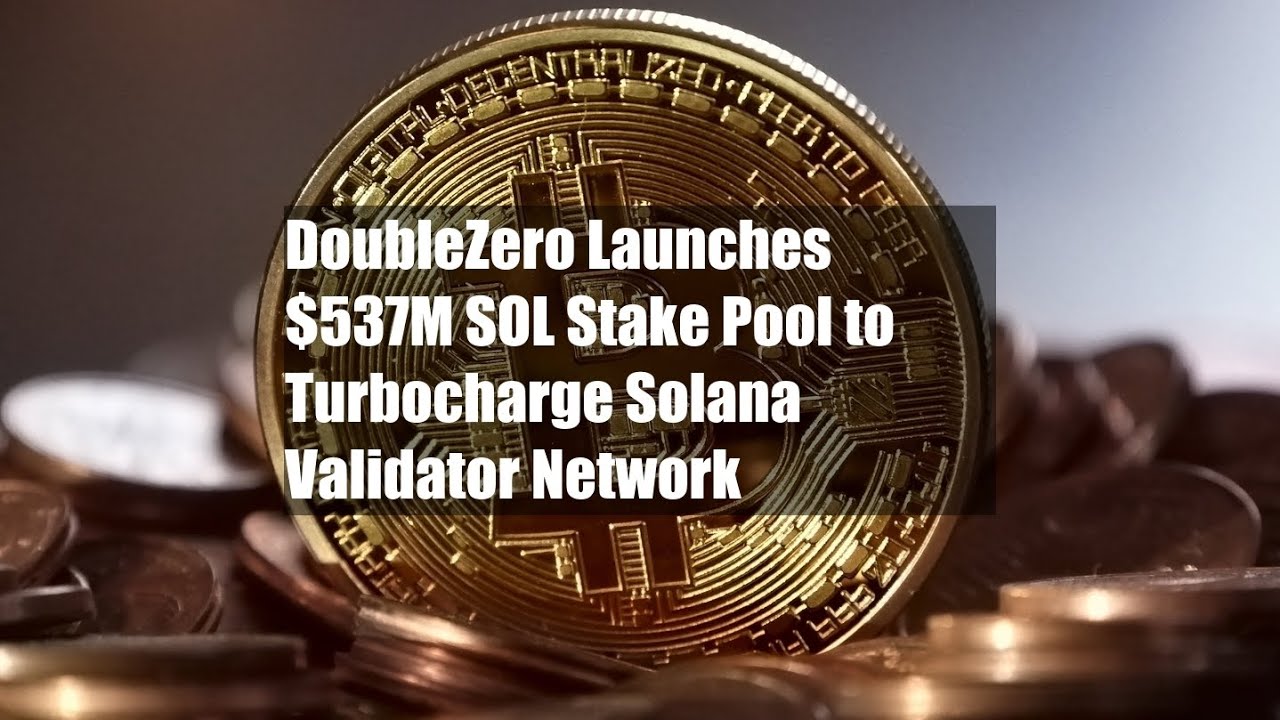
Ultra-Low Latency for Validators: DoubleZero’s dedicated fiber-optic network enables validator-to-validator communication to bypass congested public internet routes, reducing latency and boosting block production speeds across Solana’s ecosystem.
-
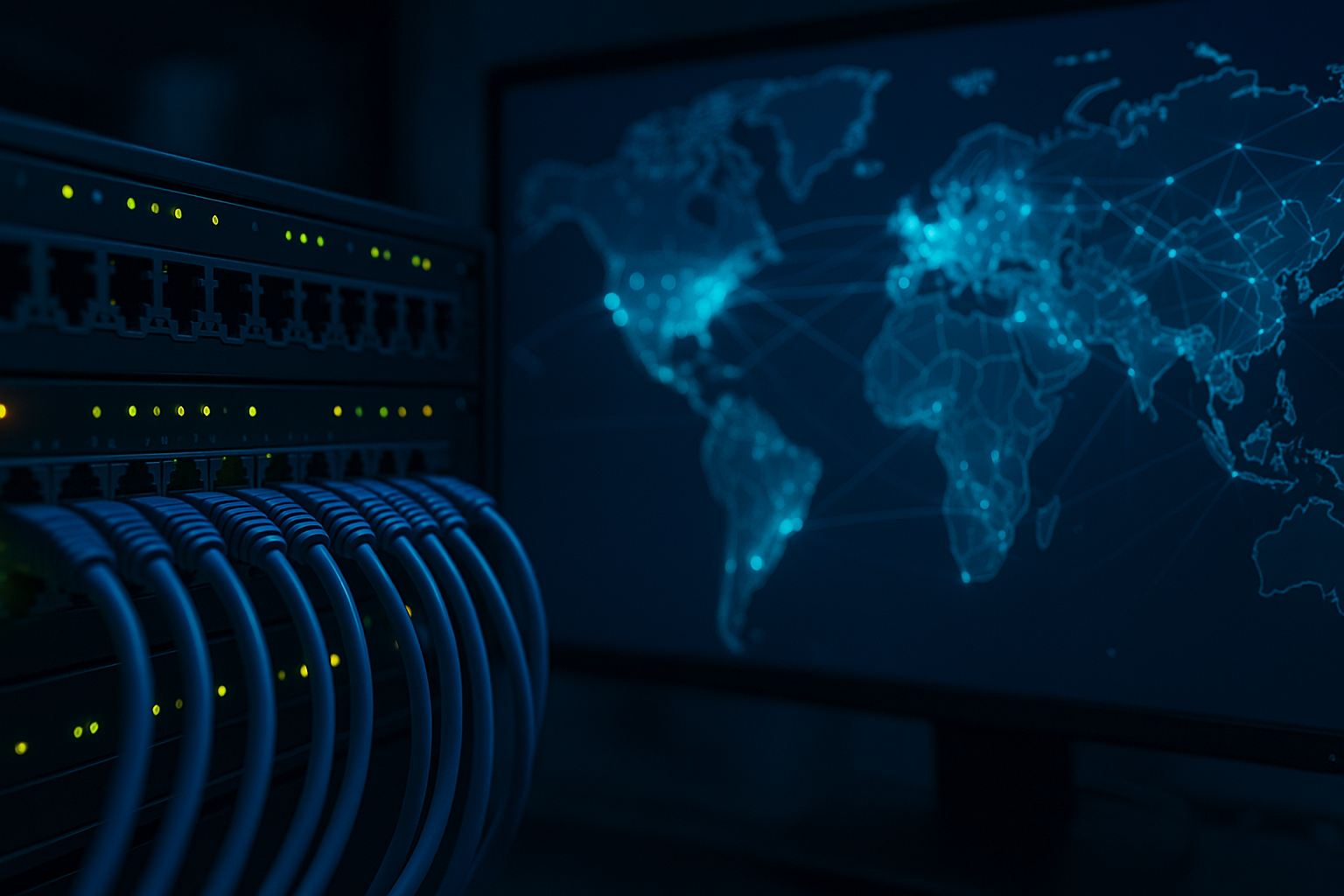
Massive Transaction Throughput: In live demonstrations, DoubleZero’s network supported over 1 million transactions per second using the Fire Dancer client, helping Solana scale to new performance heights.
-
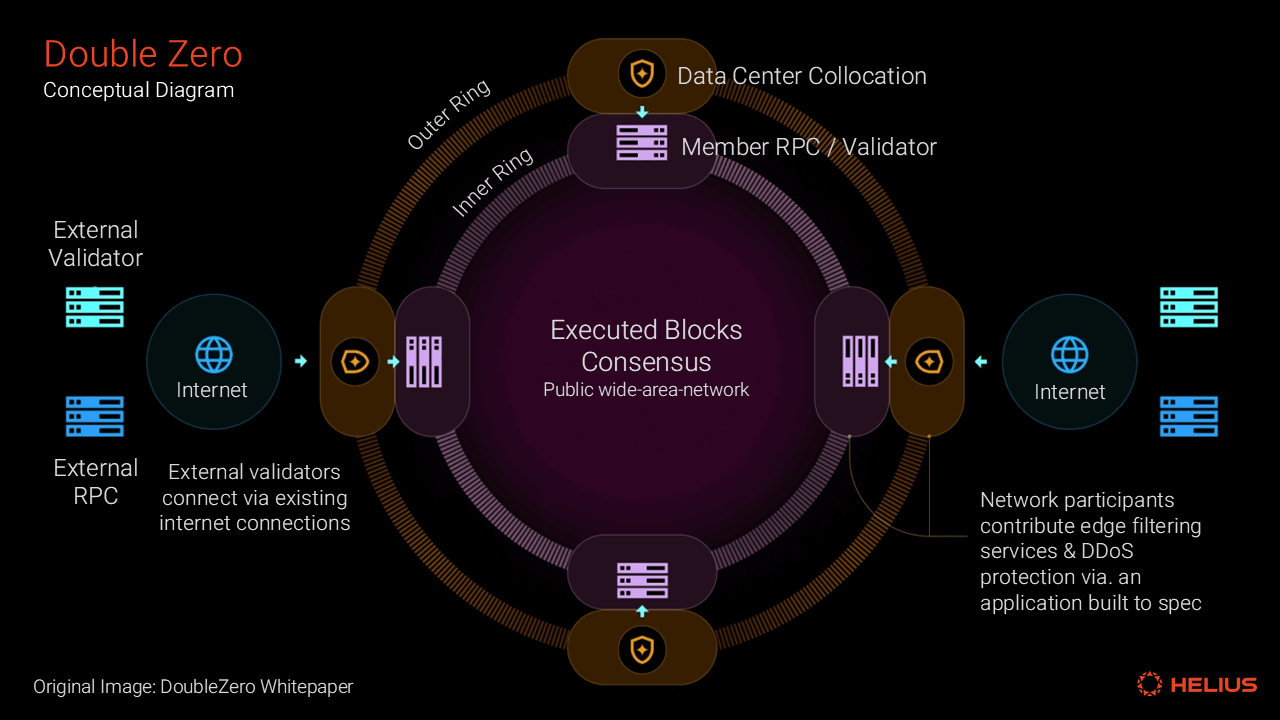
Enhanced Network Security & Reliability: By leveraging private and dark fiber paths, DoubleZero minimizes exposure to public internet vulnerabilities, improving uptime and resilience for Solana projects.
-

Decentralization Incentives via DZSOL Stake Pool: The DZSOL stake pool (3 million SOL, valued at $537 million) broadens validator access to DoubleZero’s backbone, promoting decentralization and robust network participation.
-
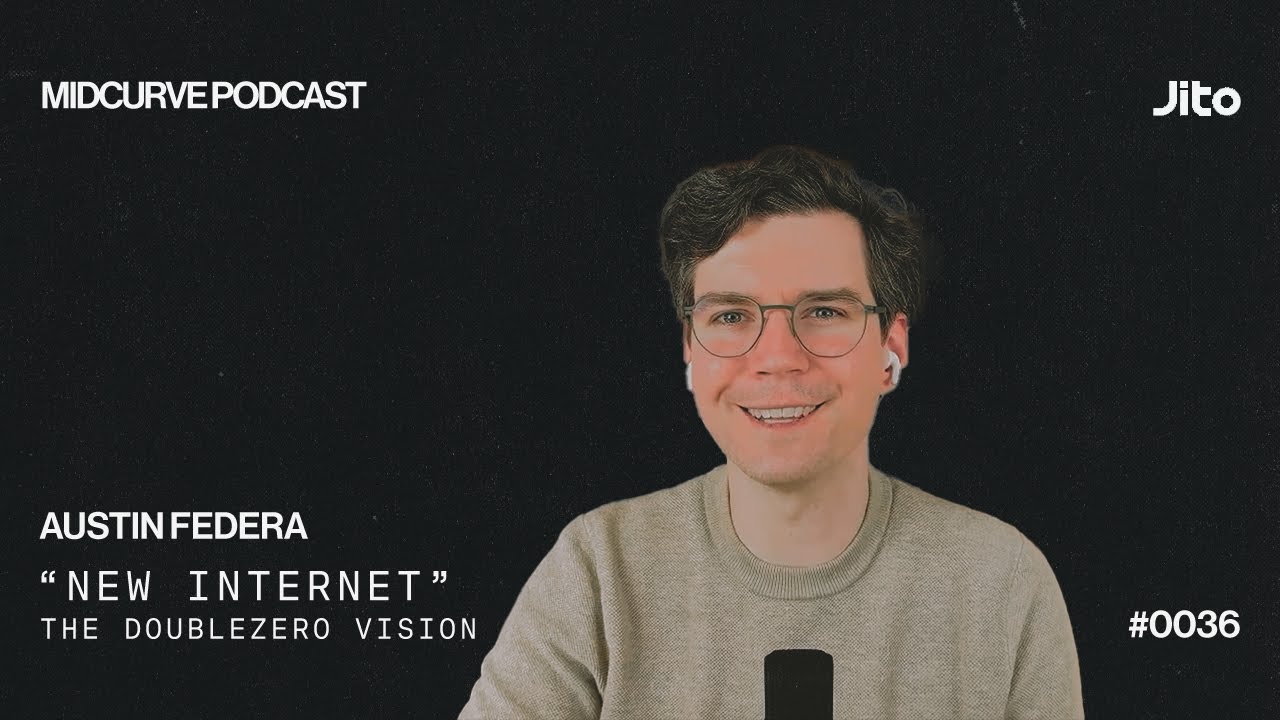
Network-Level Blockchain Operations: DoubleZero uses FPGAs to offload signature verification and transaction deduplication from validators, streamlining consensus and reducing computational bottlenecks.
-
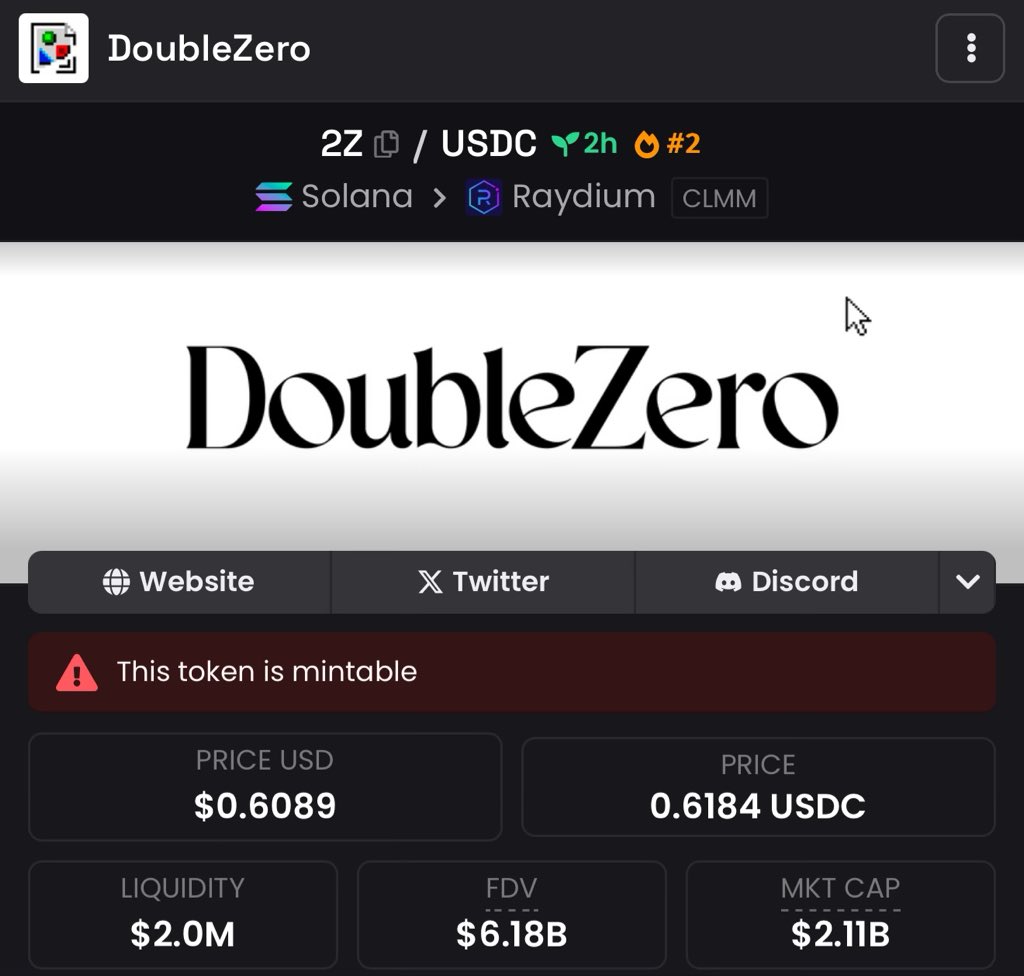
Tokenomics Aligned with Network Growth: The 2Z token (Solana SPL) powers fee collection and rewards for infrastructure contributors, with mechanisms like token burns to limit spam and centralization risks.
-
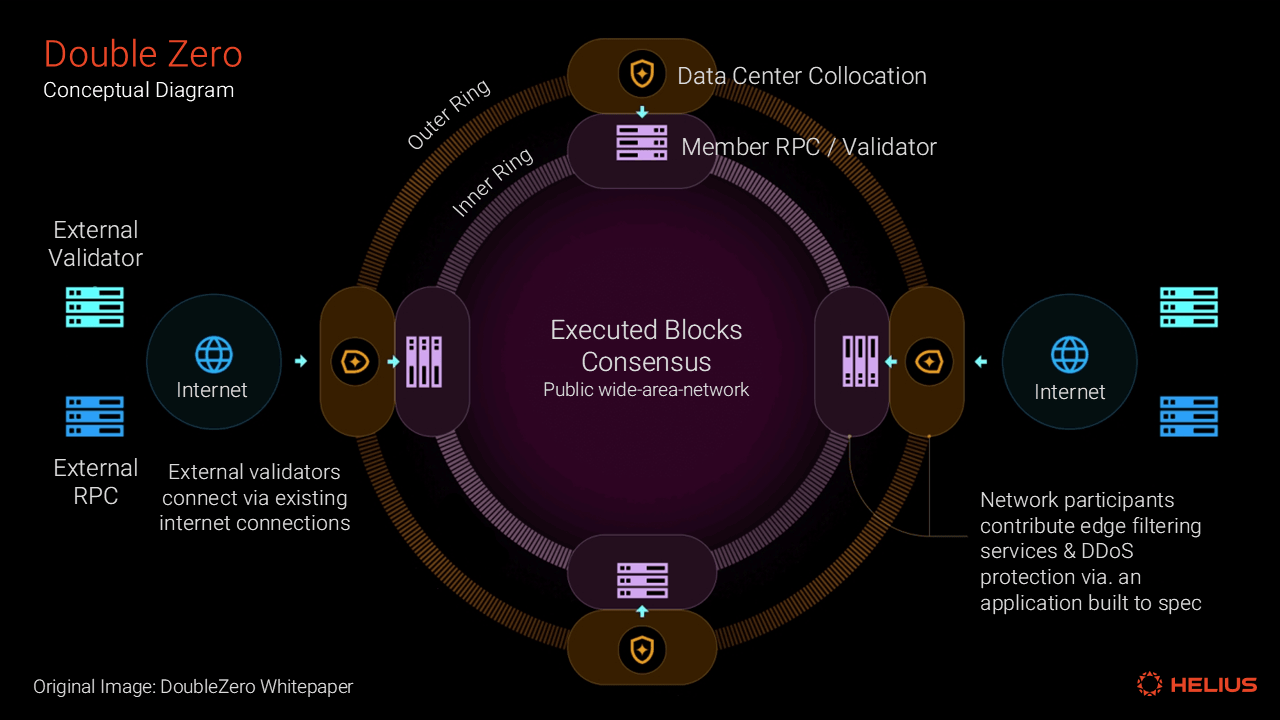
Global Reach and Rapid Expansion: With over 70 global fiber links and support from 200+ validators, DoubleZero’s network is positioned for worldwide scalability and adoption within the Solana ecosystem.
On the market side, Solana’s current price of $233.08 reflects growing investor confidence in its technological lead. The ability to process one million transactions per second isn’t just a headline, it positions Solana as the only major blockchain with credible claims to Web2-level performance at global scale (source). For users and builders alike, this means lower fees, faster confirmations, and fewer headaches during periods of peak activity.
A New Standard for Decentralized Infrastructure
As we look ahead to 2026 and beyond, it’s clear that projects like DoubleZero are setting new standards for what decentralized infrastructure can achieve. By blending cutting-edge hardware (FPGAs), smart tokenomics (2Z SPL), and an open-access model via the DZSOL stake pool, DoubleZero is not merely solving today’s problems, it is architecting tomorrow’s possibilities.
The result? A radically more performant Solana ecosystem capable of supporting everything from instant payments to immersive metaverse experiences, all while keeping decentralization front and center. For anyone watching the evolution of blockchain networks in real time, DoubleZero represents both an inflection point and an invitation: build faster, build smarter, build on a foundation designed for the internet-scale challenges ahead.
